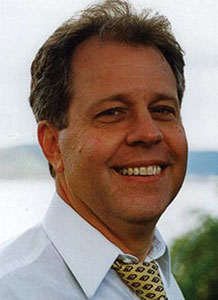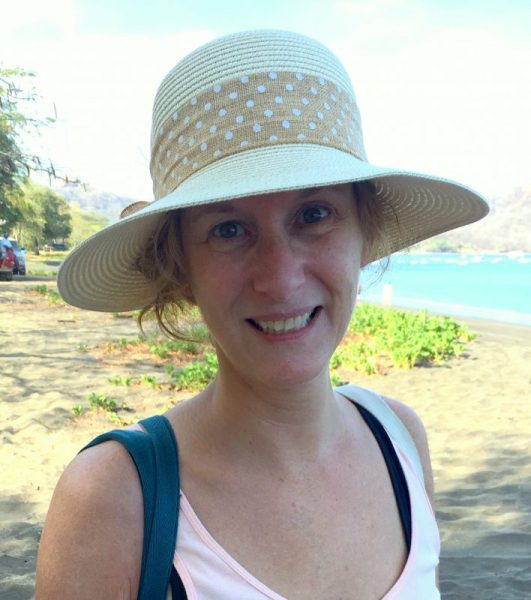Redistricting Plans Sent to Senate, Assembly But Problems Loom

The New York State Independent Redistricting Commission presented two redistricting plans to the state legislature last week but failed to reach a consensus, which could delay the process of forming redrawn districts for this year’s elections.
State legislators are expected to review the competing proposals starting this week after the 10 commissioners evenly appointed by Democrats and Republicans were unable to agree on a single proposal.
A joint statement issued last week by commission Chair David Imamura, along with commissioners Eugene Benger, Dr. Ivelisse Cuevas-Molina, Dr. John Flateau and Elaine Frazier, explained the lengthy process that took place during the second half of 2021, which included 24 public hearings in person and online, testimony from more than 630 speakers and 2,100 written submissions, testimonies and maps.
“After the final public hearing, we deliberated for dozens of hours to synthesize these comments and create new maps accounting for the public’s input,” Imamura wrote. “But there remained significant differences on important points. Namely, we saw our colleagues’ indifference to public input at every step of the process, and especially in our final round of bipartisan negotiations. In our instances of disagreement, we relied on public input to guide our decision-making, while it is clear our colleagues did not.”
State legislature and congressional districts in the U.S. are required to have their boundaries redrawn every 10 years based on the latest U.S. Census. New districts will take effect for the races later this year.
In 2014, New Yorkers voted to amend the state Constitution to create an independent redistricting commission. The current proposed plans are based on the 2020 census and are the commission’s first redistricting attempt since the amendment’s adoption.
The intent of the 2014 amendment was for the commission to be apolitical and to encourage bipartisan consensus in redrawing district boundaries without the political gerrymandering that has historically favored one party over another. The commission allowed Democratic and Republican leaders to each choose five commissioners, but it produced separate plans – one offered by the five Democratic commissioners and another by the five Republican-backed commissioners.
The commission’s two maps ensure an embattled approval process, local state lawmakers said.
“I don’t think it (the commission) worked the way I thought it would,” Assemblywoman Sandy Galef (D-Ossining) said. “I was in favor of an independent redistricting commission but it’s just not working. They can’t come to an agreement on anything.”
The Democrats’ proposed plan for Galef’s district – she currently represents the 95th Assembly District – would include Peekskill, Buchanan, Croton-on-Hudson, Ossining and Briarcliff Manor in Westchester and much of Philipstown in Putnam County. The district’s northern border would skirt but not include the villages of Cold Spring and Nelsonville.
The Republican commissioners’ plan would cut out Buchanan, Ossining and Peekskill and include Yorktown, Putnam Valley, Philipstown, including the two villages, and Beacon and part of Wappingers Falls in Dutchess County.
Assemblyman Tom Abinanti’s (D-Pleasantville) 92nd Assembly District now includes the towns of Greenburgh and Mount Pleasant but saw a population decline from 139,836 to 133,686 over the past 10 years.
He is concerned about the decoupling of similar communities and school districts in his territory.
“My concern is the potential splitting up the two communities of Greenburgh and Mount Pleasant, which have been joined because they are communities of interest and they have been in the past and nothing has changed to warrant splitting them up,” Abinanti said. “I’m also concerned about the possible splitting up of school districts.”
State Sen. Elijah Reichlin-Melnick’s (D-Nyack) 38th Senate District is predominantly in Rockland County but also takes in part of Ossining. Both proposed plans eliminate Ossining and leave Reichlin-Melnick’s district in Rockland only.
Reichlin-Melnick generally approved of the redistricting process and recognized it as giving New Yorkers a chance to advocate for better representation.
“I am confident in the process and believe that we will ultimately end up with fair maps that represent the many diverse constituencies of New York,” he said. “I am also confident that the process will be complete in time for the 2022 election timeline.”
The upcoming election timeline looms as a possible complication. Since the 2019 election reforms, prospective political candidates could start collecting signatures for nominating petitions by late February or early March and submit them to the Board of Elections by late March or early April to get on the ballot.
If the legislature fails to approve one of the redistricting plans by the needed two-thirds majority in both chambers, the commission then has until Feb. 28 to present new maps. If the new maps also fail to receive approval, it would be up to the legislature to draw up its own plans, preferably before the deadline to file petitions.
As of last week, no date has been set for the start of candidate petitioning or the deadline for submission to the Board of Elections.
In a worst-case scenario where district lines are decided close to the petition deadline, there would be little time for those who want to run for office to consider the makeup of their district. Galef said the problem had been anticipated and a constitutional amendment was offered on last November’s ballot addressing the redistricting process and the expected election timeline complications. But the amendment was defeated.
“The amendment would have given us flexibility to change the dates (of filing petitions) so we could have moved up the timeline by two weeks,” Galef said. “The amendment would also have accommodated changing the early voting in the June primary if needed.”
Frank Cordino of the Westchester Board of Elections said the state calendar has the scheduled date for candidates to file petitions.
“The state has not issued their calendar yet but I expect to see it with the (petition) date in about two weeks,” Cordino said.
If the Senate and Assembly can’t agree on proposed redistricting lines by next month, the issue will end up in the courts, which would probably appoint someone to redraw district lines. That is what happened 10 years ago.
State Sen. Peter Harckham (D-Lewisboro) said despite the headaches he appreciates the commissioner’s work.
“They deserve our appreciation and gratitude, although it would have been preferable for its members to reach a consensus,” said Harckham.

Abby is a local journalist who has reported on breaking news for more than 20 years. She currently covers community issues in The Examiner as a full-time reporter and has written for the paper since its inception in 2007. Read more from Abby’s editor-author bio here. Read Abbys’s archived work here: https://www.theexaminernews.com/author/ab-lub2019/
